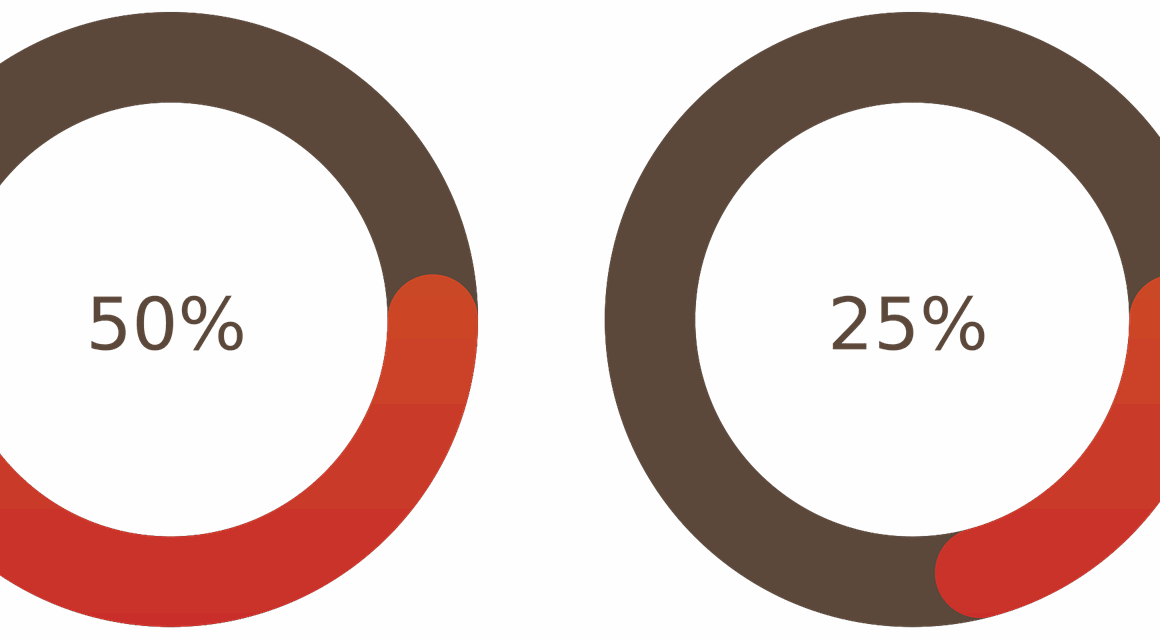Mobile App Features That Make Group Fitness Scheduling Easier
In today’s fast-paced world, group fitness scheduling tools have revolutionized how fitness enthusiasts manage their workout sessions. These mobile applications bring unparalleled convenience, allowing users to easily schedule, modify, and track their group fitness classes. An essential element of these apps is their user-friendly interface, which makes navigation simple and intuitive. Cleanly designed dashboards provide overview insight into class schedules, instructor profiles, and available resources. Furthermore, notifications and reminders ensure that participants remain engaged and informed. These features significantly decrease no-show rates and enhance class attendance. With seamless integration into various devices, users can access their fitness schedules on the go. This accessibility also caters to diverse needs, drawing individuals with different fitness levels to participate. Group fitness scheduling apps even offer personalized experience recommendations based on user preferences. As technology continues to advance, the demand for innovative solutions becomes evident, and fitness studios must adapt. Overall, implementing a group fitness scheduling app is no longer a luxury; it is a vital tool that affords businesses an advantage in enhancing user satisfaction and fostering community participation.
Accessibility features play a critical role in mobile fitness scheduling applications. Customization options enable users to adjust settings according to their preferences, making the experience more personal. Examples of these options include font sizes, color themes, and notification sounds, which cater to individual needs, whether aesthetic or practical. Enthusiasts can join classes effortlessly and manage attendance with a simple tap, eliminating traditional barriers to access. Additionally, group fitness scheduling apps can incorporate calendar syncing capabilities, allowing users to sync their fitness schedules with personal calendars. This synchronization ensures that fitness enthusiasts do not overlook their workouts amid busy schedules. Moreover, social media integration encourages participants to share class experiences with friends and family, turning workouts into community events. These elements not only enhance user experience but also promote accountability and motivation. Many fitness apps utilize geolocation features, enabling users to find nearby classes. With features like class ratings and reviews, users can reliably choose sessions that fit their preferences. Mobile fitness applications effectively create a sense of belonging by building community, which is essential for maintaining motivation in any fitness journey.
Real-Time Updates and Communication
Real-time updates within fitness applications keep users informed about schedule changes, instructor updates, and class availability. These notifications serve to minimize confusion and improve user experience significantly. Participants simply receive alerts on their devices, ensuring timely information flows directly to them. This is especially important when managing multiple workout classes, as users can easily swap and select alternatives based on their availability. Furthermore, facilitated communication features enable users to interact with instructors and fellow participants, fostering engagement. Messaging functions allow for queries about classes and enable community discussions that enhance the user experience. Through focused and direct communication channels, users promptly address issues or ask questions, instead of struggling through confusion. Fitness apps may encourage the creation of support groups that motivate users to achieve their fitness goals. Group chat features provide an encouraging environment for sharing experiences and advice. Enabling users to connect will lead to stronger relationships and promote continued participation. These interactions contribute to a supportive atmosphere where participants feel connected and inspired to improve their fitness levels over time, reinforcing their commitment to a healthier lifestyle.
Another key feature of group fitness scheduling tools is analytics, designed to aid both users and instructors alike. By analyzing users’ class attendance and engagement metrics, fitness apps present actionable insights. These insights can identify trends, such as peak participation times or preferred class styles, which can ultimately guide instructors in tailoring their offerings. Instructors can evaluate which classes attract the most attendees, and modifications can be made to ensure offerings remain relevant. For users, personal analytics inform them of their attendance patterns, motivating them to stay consistent. Visual representations of progress, such as graphs or charts denoting attendance frequency, contribute to goal-setting and achievement tracking. This data becomes invaluable for setting realistic goals and maintaining motivation. These analytics create an overall sense of accountability, as users can clearly see their workout history and patterns. Users feel empowered to adjust their schedules and hybridize their fitness regimens based on performance data. As a result, such informed adjustments lead to greater commitment and accomplishment within user fitness journeys, creating a more engaged and results-driven community.
Payment Integration and Management
Payment integration is a critical aspect of group fitness scheduling tools. Simplified payment methods greatly enhance convenience for users participating in fitness classes. Enabling in-app purchases of class credits or subscription plans within the mobile app streamlines the sign-up process and reduces friction for users. Having various payment options, including credit cards, PayPal, or other digital wallets, offers further flexibility, accommodating individual preferences. Users can easily manage their payment subscriptions and view billing histories, ensuring transparency and trust. Furthermore, financial management features provide a clear understanding of their spending habits related to fitness activities. Instructors and fitness studios can receive payments without hassle, creating a smoother business operation. These integrated payment systems contribute to accelerated cash flow and encourage repeat clients. Fitness establishments can use in-app promotions and discounts to incentivize ongoing participation, such as suggesting package deals for a certain number of classes booked. Positive payment experiences thus play a vital role in enhancing customer satisfaction. Ultimately, providing streamlined financial transactions makes fitness journeys easier while ensuring business sustainability in today’s competitive landscape.
Community-building features are essential components of mobile group fitness scheduling apps. Users engage in shared objectives and motivations while participating in classes together. Enabling group challenges within the app encourages camaraderie among participants. Friendly competitions can drive individuals to push limits and achieve collective goals. Community boards or social hubs allow users to share their experiences or tips with fellow enthusiasts, fostering a sense of belonging. Through leadership boards, participants can see peer accomplishments, further motivating them to stay committed. Adding capabilities to support unique fitness groups or clubs also promotes personalization in the app. Users can join specific workout communities aligning with their interests, including dance-fitness, yoga, or martial arts. By participating in community events or workshops, users deepen their interactions, form friendships, and gain emotional support. Establishing these environments drives motivation through collaboration, accountability, and mutual companionship. Considering that physical fitness significantly impacts mental health, the social aspects of group workouts contribute to overall well-being. Developing meaningful connections through group fitness applications transforms exercise into an enjoyable social activity, making it more likely that users will stick to their fitness goals.
User Experience and Innovation
Ultimately, user experience drives the development of innovative features within fitness scheduling apps. Aesthetically pleasing interfaces, smooth navigation, and intuitive control mechanisms contribute to enhanced usability. The continual refinement of these elements leads to better user retention and satisfaction. It is not simply about functionality; the enjoyment of using an application can lead to habitual engagement. Regular updates introduce new features and address user feedback, ensuring that the app stays relevant to user needs. Incorporating gamification elements, such as achievement badges and rewards for attendance consistency, motivates users to remain active. Creative approaches to user interaction ensure that apps remain dynamic and engaging. Furthermore, trends in technology—such as virtual and augmented reality—may eventually permeate fitness apps, providing immersive experiences. These innovations will change how group fitness is approached, combining technology with exercise. Solving user pain points through technological advancements creates a thriving ecosystem for fitness enthusiasts. Users are increasingly likely to leverage applications that enhance their fitness experience. As fitness studios and developers initiate these features, the potential for transformation within group fitness scheduling becomes boundless, ultimately contributing to a healthier society.
In conclusion, the advancement of fitness apps and group scheduling tools has changed the fitness industry. These innovations enhance users’ experience, accessibility, and overall satisfaction. The seamless integration of payment systems streamlines business operations while fostering user engagement. By emphasizing community building and interpersonal interaction, fitness companies gain loyal users who find motivation in shared objectives. Continual advancements in mobile technology offer exciting opportunities for further innovation in the fitness sector. As users demand highly personalized experiences, the focus on unique, data-driven insights will serve to tailor offerings based on preferences, habits, and analytics. Fitness instructors continuously benefit from access to real-time updates and feedback to better structure their classes. Group fitness scheduling apps now play an increasingly significant role in shaping a positive culture surrounding fitness and wellbeing. Adapting to emerging trends helps studios stand out in a busy marketplace, attracting diverse clientele to explore fitness options alongside innovative features. Overall, the effective implementation of these mobile app features will facilitate transformative change, inspiring more people to engage in physical activities regularly, leading to improved health and overall happiness in society.


